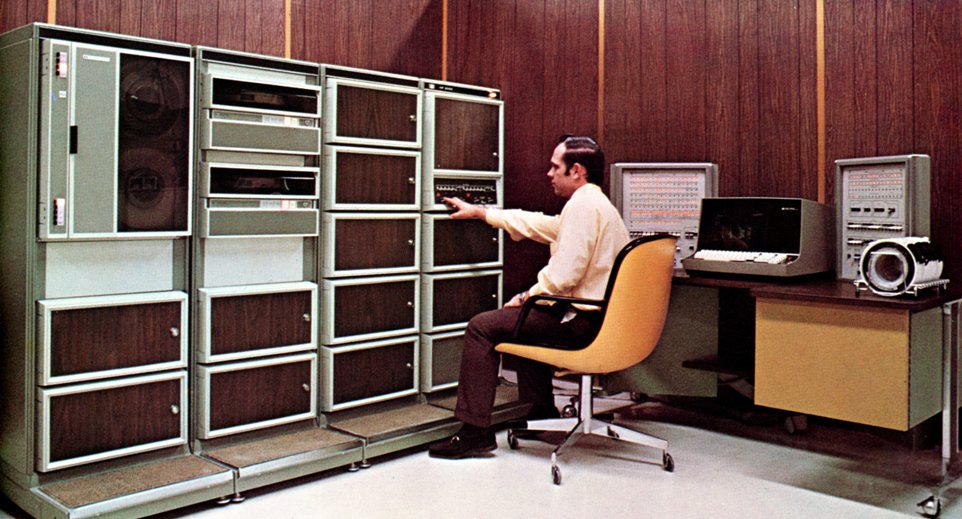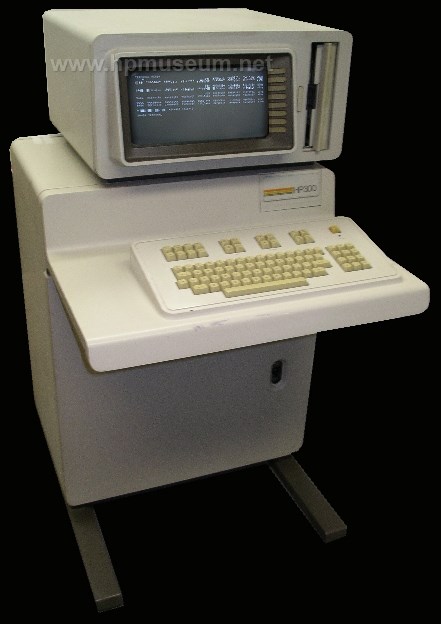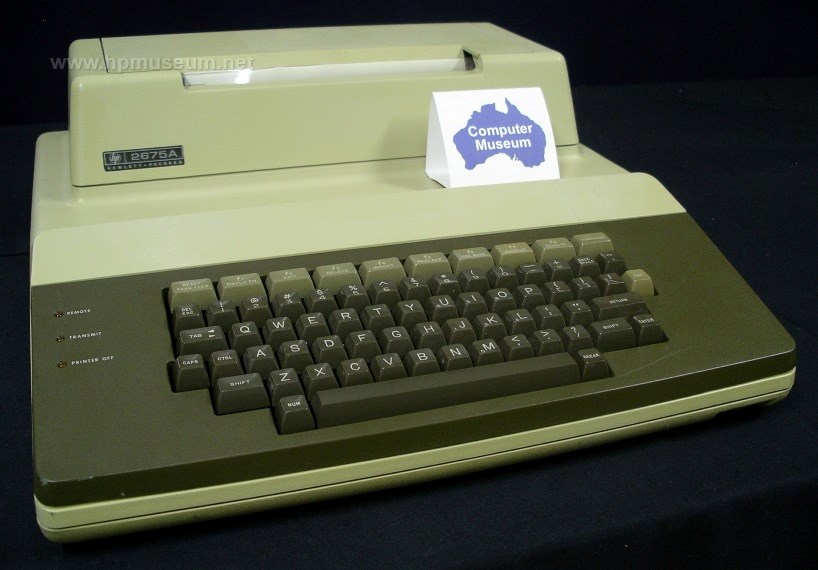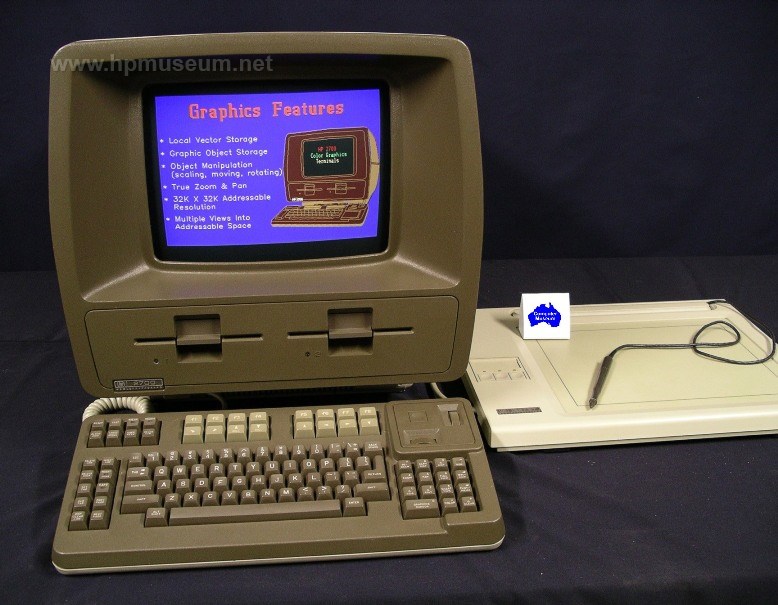Products That Bombed

HP has a glorious history of technology and product successes in the computer industry. Like all other players in the business, HP also had its share of failures. Some products were too early, some were too late, and some were just not quite right. Please contact us if you have additional nominations for our “Product Bomb” category.
|
|
HP's 3000 family of business mini computers was one of the most successful and long-lived systems in the industry. However, the original 3000 was a real black sheep (that produced no wool, if you like extended metaphors). The original MPE operating system could not fit into the assigned 128K memory. The product crashed often and could only ever support a fraction of the promised 32 users. The original 3000 was the first unreliable computer produced by HP and was quickly withdrawn from the market. |
|
| 3000 (1972) | ||
|
|
HP had high hopes for the 300 when it was introduced in 1978. The 300 was positioned as an easy-to-use (and program) system supporting up to 16 users in a business environment. It featured the latest "silicon-on-saphire" technology and a new custom operating system - AMIGO/300. The 300 required very little scheduled maintenance. Unfortunately, the operating environment proved problematical to many customers, and numerous 300s were replaced by 3000 System 33. Despite these difficulties, the 300 lived for almost four years; HP never introduced another AMIGO-based computer. |
|
| 300 (1978) | ||
|
|
The 2675A printing terminal was the first in-house product developed by HP's Vancouver Division. The product was based on thermal printing technology. It was marketed as a portable terminal. It cost $3900 including the built-in 300 baud modem at a time when HP was already selling CRT terminals for under $1500. The "Therminal" lasted less than a year and never even made the corporate product catalog. |
|
| 2675A "Therminal" (1980) | ||
|
|
One of HP's greatest organizational strengths was the decentralization of its product divisions. Divisions had profit and loss responsibility and full control over product design through distribution (using a shared sales force). This organizational structure made it much easier for HP to perpetuate its famous culture as employees felt more like they were working for a small company (their division) rather than a large corporation. A disadvantage of this organizational structure was that it allowed duplicate product development efforts. It was quite common for multiple divisions to be working on similar products at the same time. For example, in the 1980s at least three HP divisions were developing similar inkjet printers (Vancouver, San Diego and Boise). The duplicated efforts were generally not due to poor communication between divisions. They were well aware of what each other were doing. Competition between the divisions drove the duplication. Divisions that were more successful early were more likely to get the biggest chunk of the technology development charter going forward. The 2700 graphics terminal, developed by Data Terminals Division was a marvel of technology – both hardware and software. However, it was introduced about the same time as the 9836C from the Fort Collins Division. The 9836C didn't come with the same software, but it had the same graphics and storage capabilities, and was a full blown computer as well. More importantly, the 9836C could act as a terminal and cost about half the price of the 2700. |
|
| 2700 (1982) | ||
 |
The 7310A thermal printer is another example of “death through duplication”. The 7310A was introduced by the San Diego Division in 1980, a year after the 9876A had been introduced by the Vancouver Division. The 7310A had similar specifications as the 9876A, and it cost a little more. So, it never obtained any traction in the market and lasted only one year. |
|
| 7310A(1980) | ||
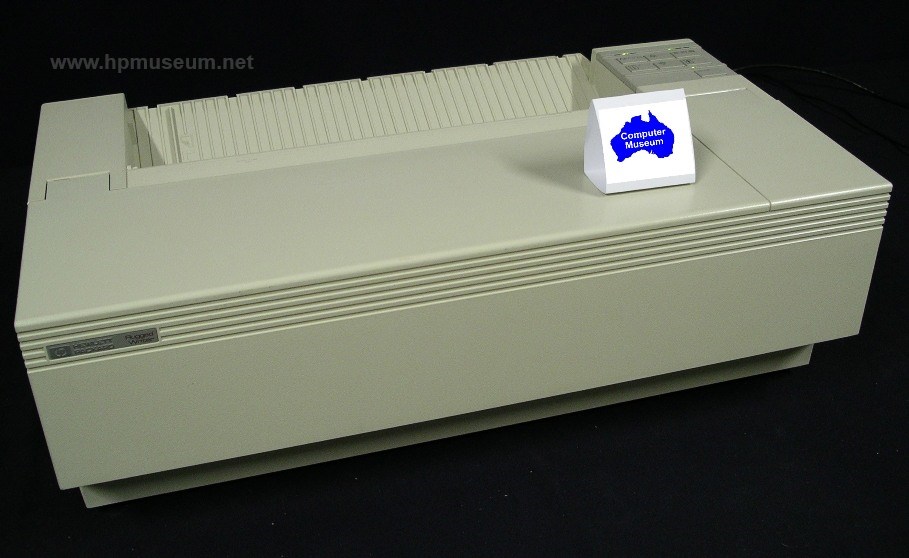 |
The Ruggedwriter printer failed for entirely different reasons than the other products in this section. This dot-matrix printer had terrific specifications at a very competitive price. HP introduced the Ruggedwriter in 1987, after the company was firmly established as the major industry force in computer printing. For these reasons, the Ruggedwriter sold in high volumes and was an active product for several years. Unfortunately, this only exacerbated the problem. This machine was very unreliable – plagued by mysterious print head stalls. This problem was eventually fixed, but only after widespread customer satisfaction problems. The Ruggedwriter was so problematic that it earned the name “Buggeredwriter” in Australia (and was removed from the corporate price list two years before its end of life). |
|
| RuggedWriter (1987) | ||
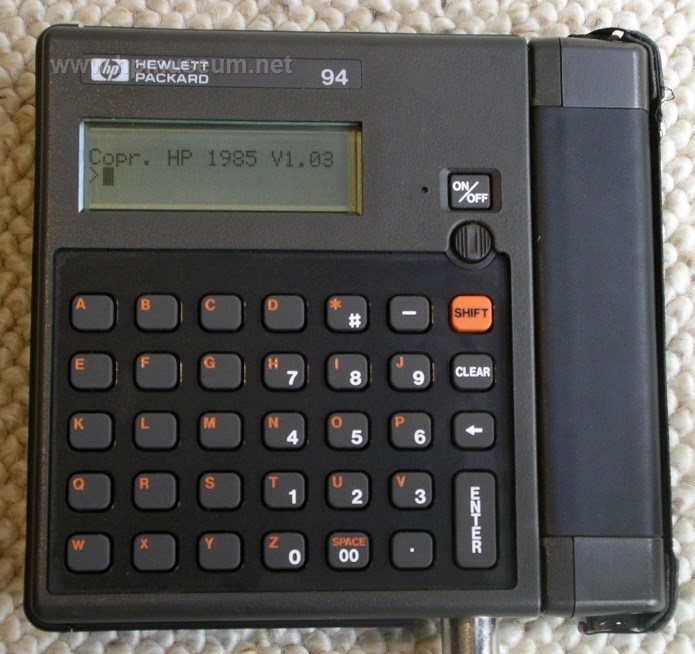 |
The 94 was a handheld computer designed by HP and built by Canon in Japan. It failed to achieve the volumes required by new “calculators” at the time and was quickly discontinued. The 94 never really had a chance. Unlike other HP handhelds of the time, the 94 was not really designed to be a user-programmable machine. It was an OEM platform that required third party software to be useful. HP discontinued the machine before the third party software vendors could get their solutions to market. |
|
| 94 (1986) | ||
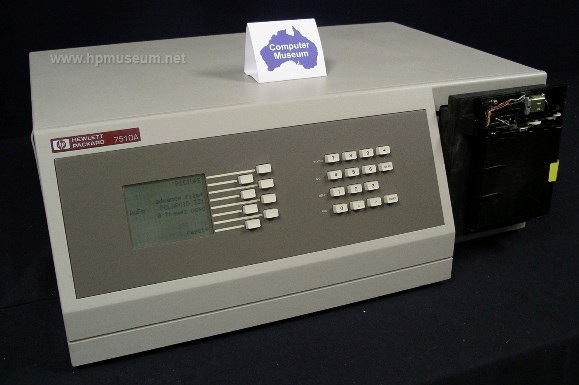 |
The 7510 was HP's only attempt at the film recorder market. HP had been highly successful in color hardcopy with its pen plotters. HP hoped to gain entry into the market by introducing a high-resolution vector-based (HP-GL) film recorder. The 7510 failed because it was too expensive relative to the competition. Fewer than 500 were built. It also had a major technical problem related to “light additivity”. The 7510 created images on photographic film by drawing colored lines (vectors) on the film. A white spot resulted when these colored lines overlapped. This had not been a problem with the vector pen plotters because ink color overlap produces a different (and much less noticeable) result than light color overlap. Northrop Corporation purchased a 7510A to help market the company's F-20 jet fighter (another doomed product).
|
|
| 7510 (1985) | ||
 |
The Vectra CS Portable was HP's second-generation laptop machine (following the Portable and Portable Plus). The primary limitations of the Portable plus were its lack of significant internal mass storage and small screen. The Vectra CS Portable solved these problems, but went too far. This machine was too large and undifferentiated to make a mark in the market. | |
| Vectra CS Portable (1987) | ||
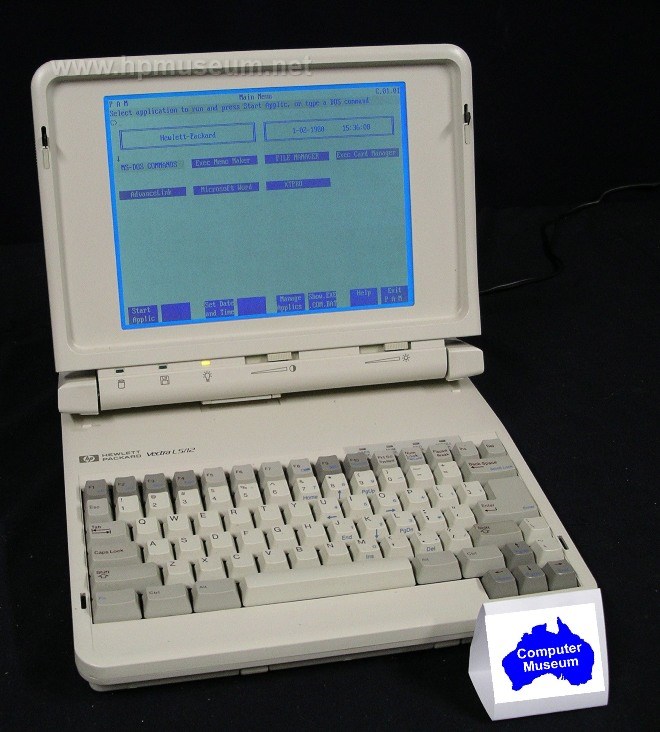 |
The LS/12 followed the Vectra Portable CS in HP's laptop lineage. This machine was made by Zenith and was almost identical to the Zenith equivalent on the market. The LS/12 had some disc caching software that the Zenith unit lacked. The LS/12 was discontinued after less than a year, and HP dropped out of the notebook market for the next four years (until the introduction of the revolutionary Omnibook 300).
|
|
| Vectra LS/12 (1989) | ||
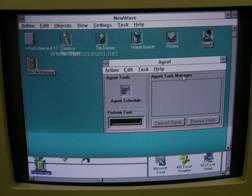 |
By 1987, it was clear that there was a lot of money to be made in software and middleware. It was also clear that computer hardware margins were on a permanent downward slope as standards solidified. NewWave represented a massive investment by HP – third highest in the company's history at the time behind PA-RISC and inkjet technologies. NewWave was not an operating system (like DOS), operating environment (like Windows) or an application. It was kind of a coordinating middleware product that ran with Windows. The market couldn't quite figure it out and NewWave was put out to pasture.
|
|
|
NewWave (1989) |
| Back |
^ TOP©2004 - 2024 BGImages Australia - All Rights Reserved.
The HP Computer Museum and BGImages Australia are not affiliated with HP Inc. or with Hewlett Packard Enterprise. Hewlett Packard and the HP logo are trademarks of HP Inc and Hewlett Packard Enterprise. This website is intended solely for research and education purposes.

